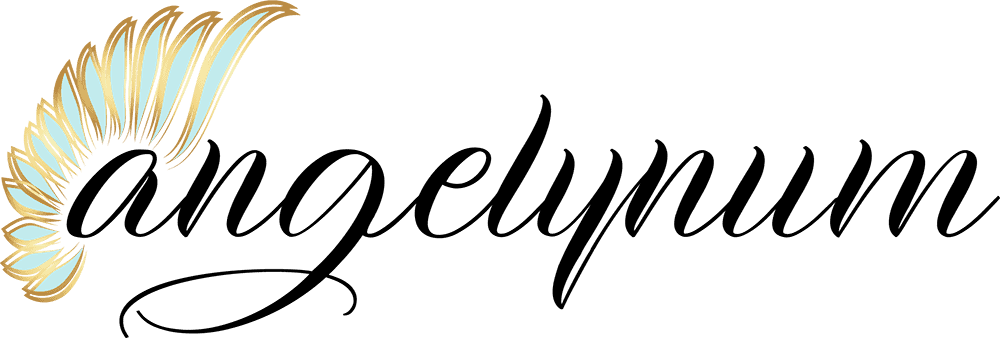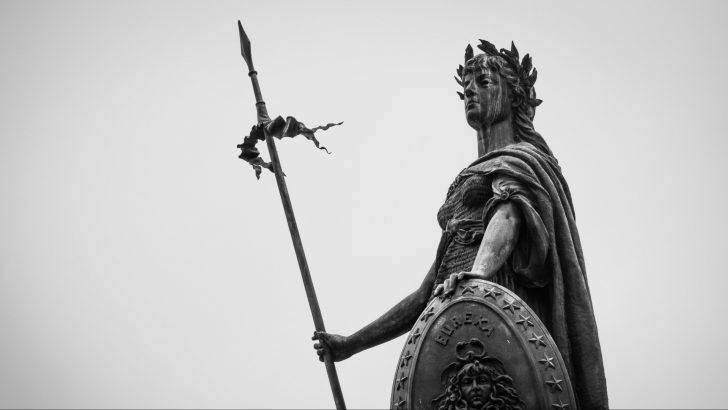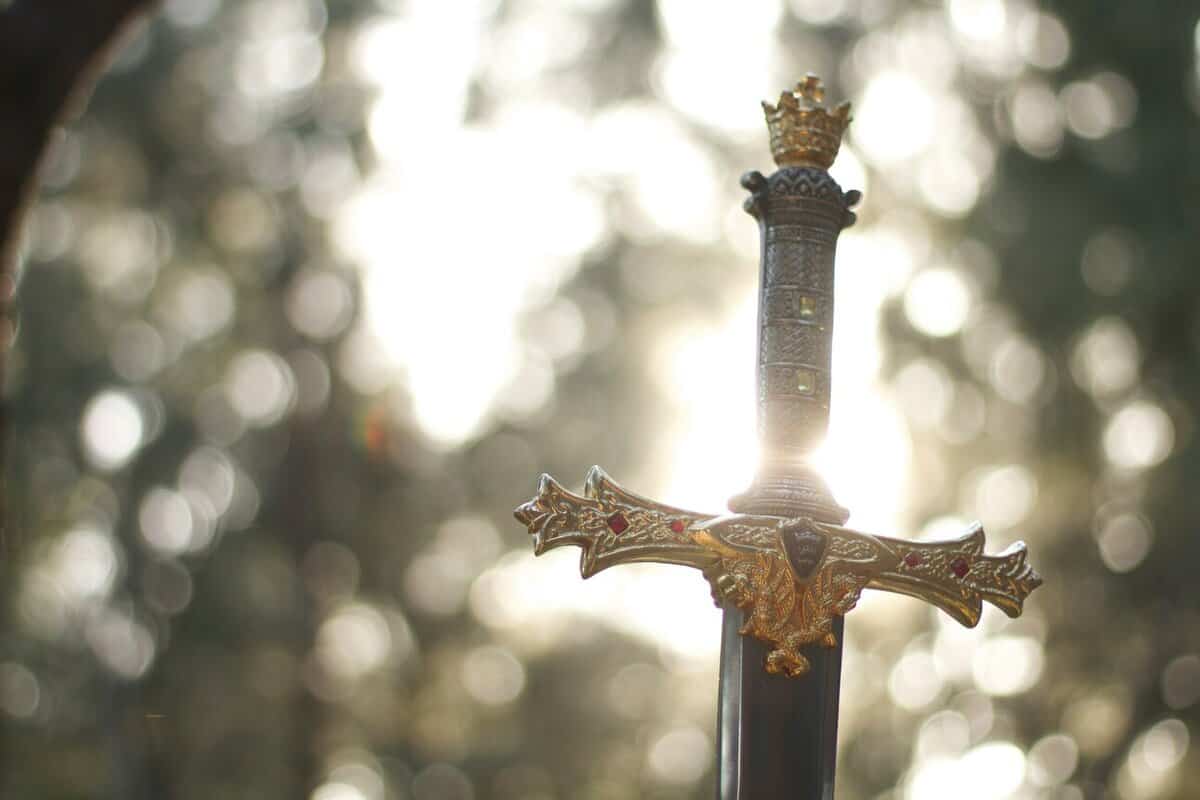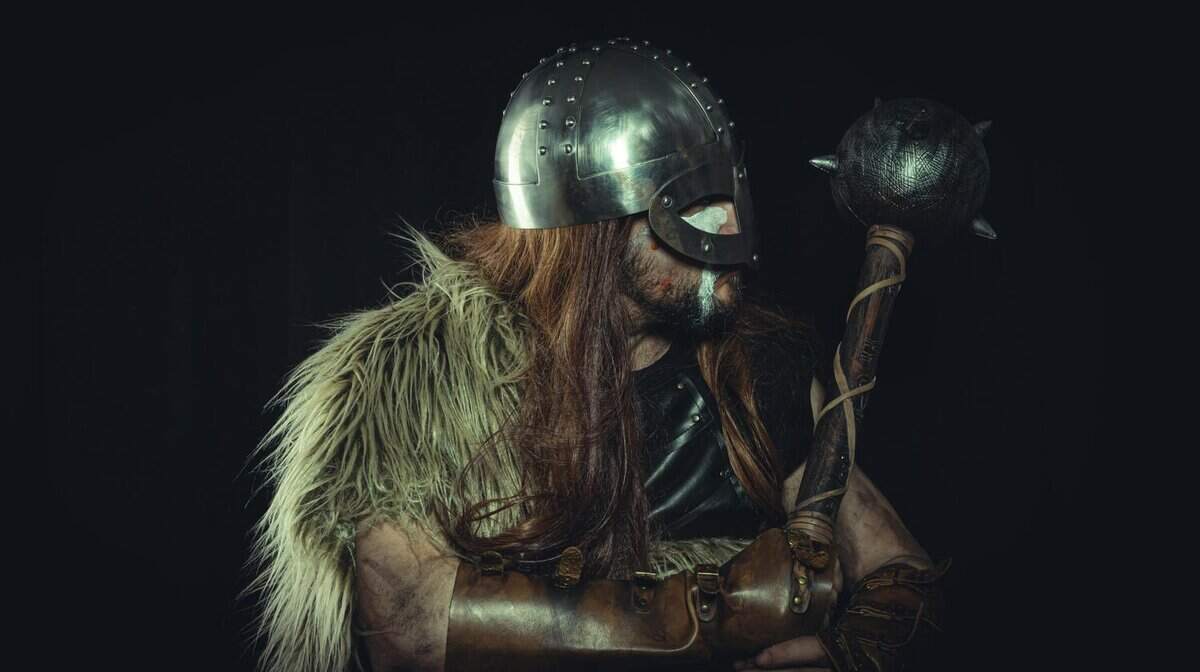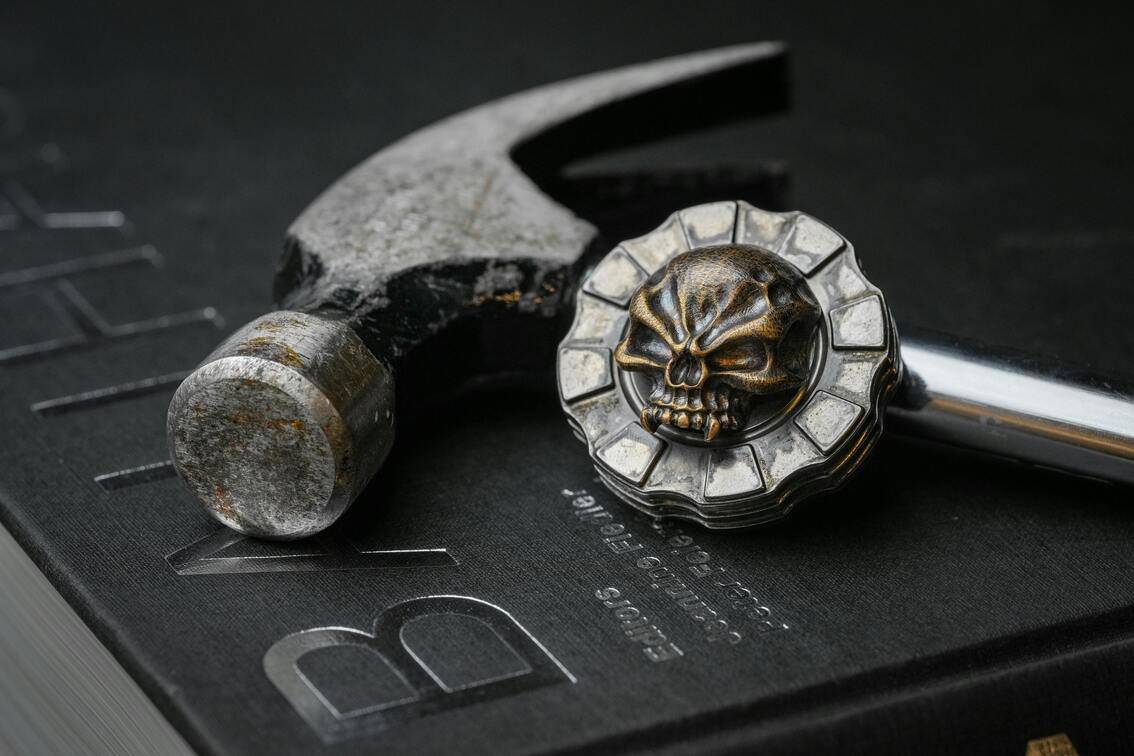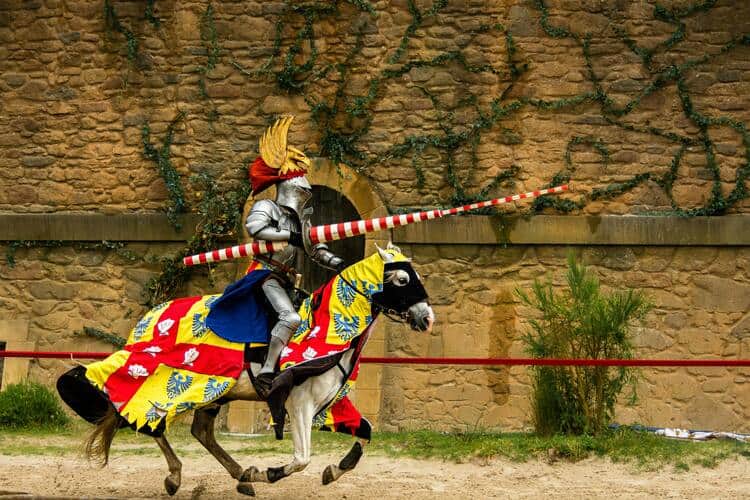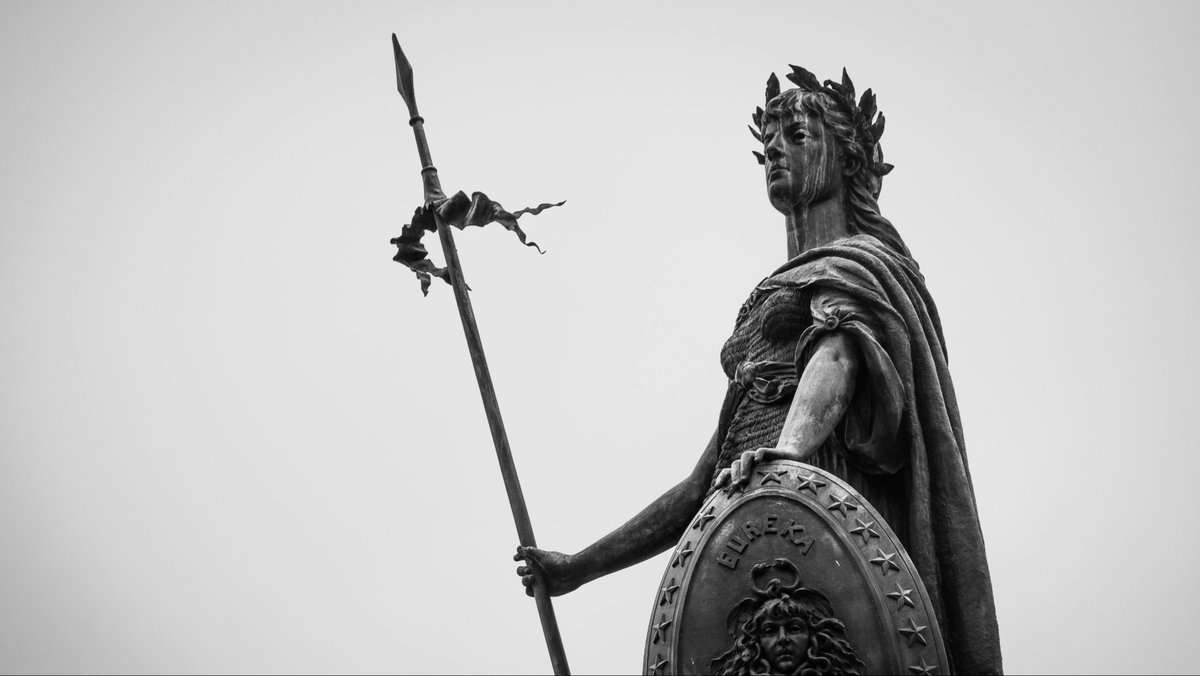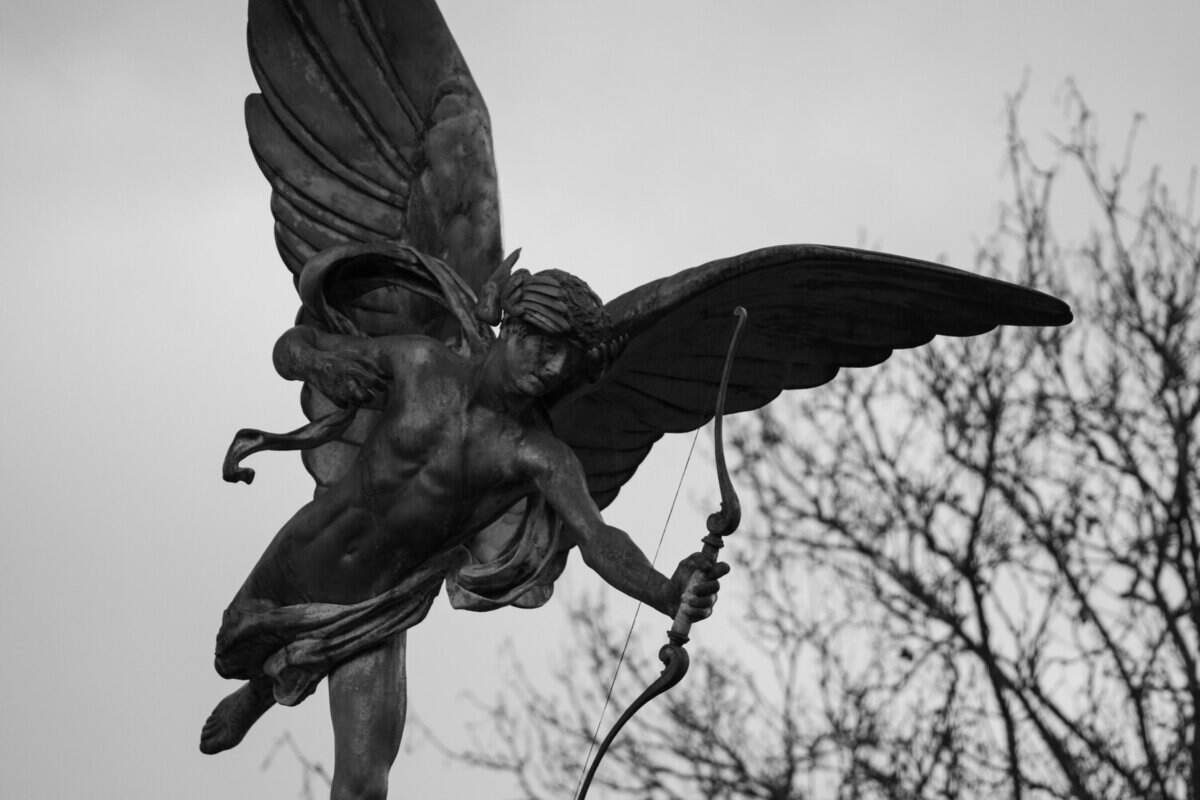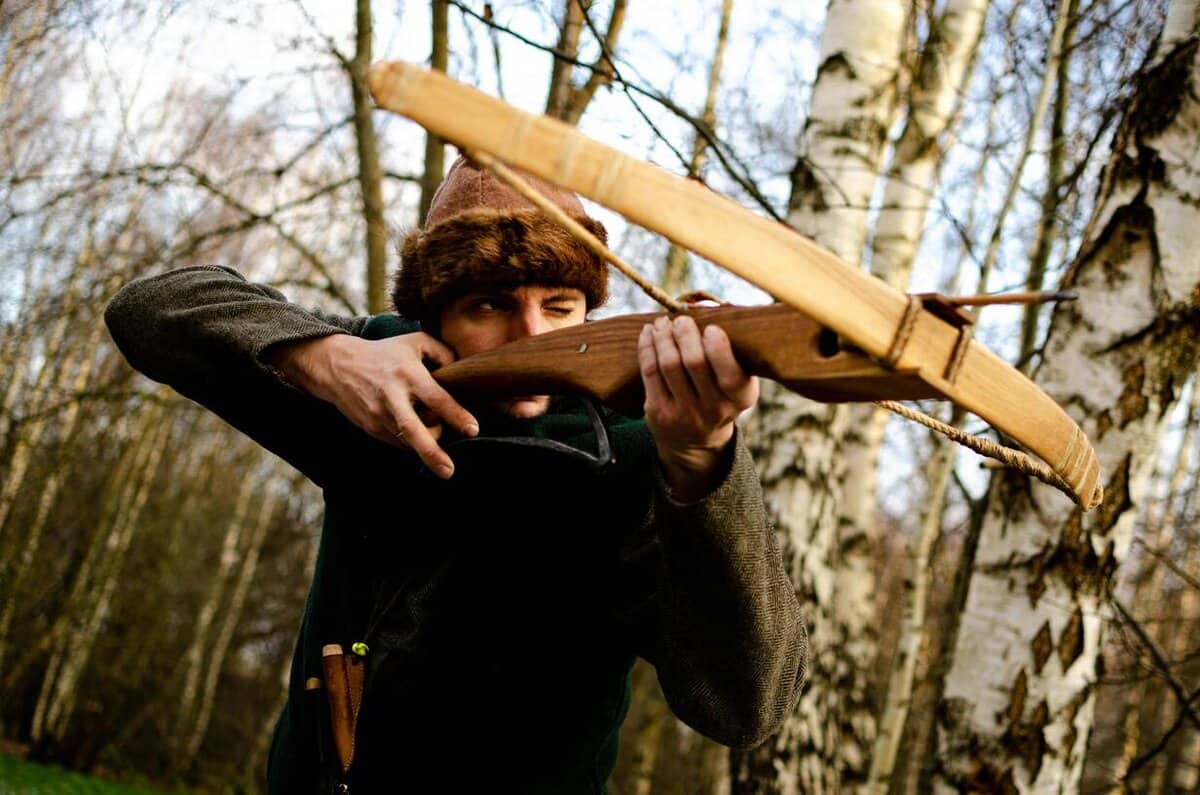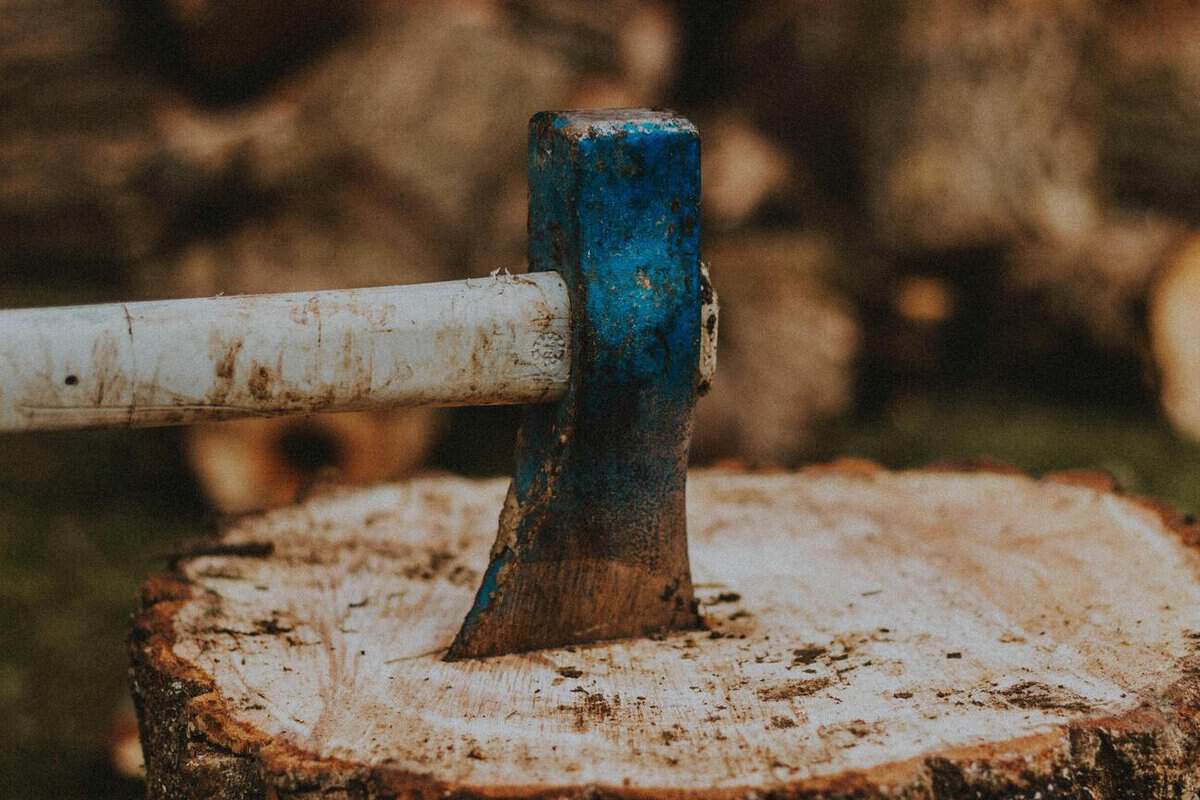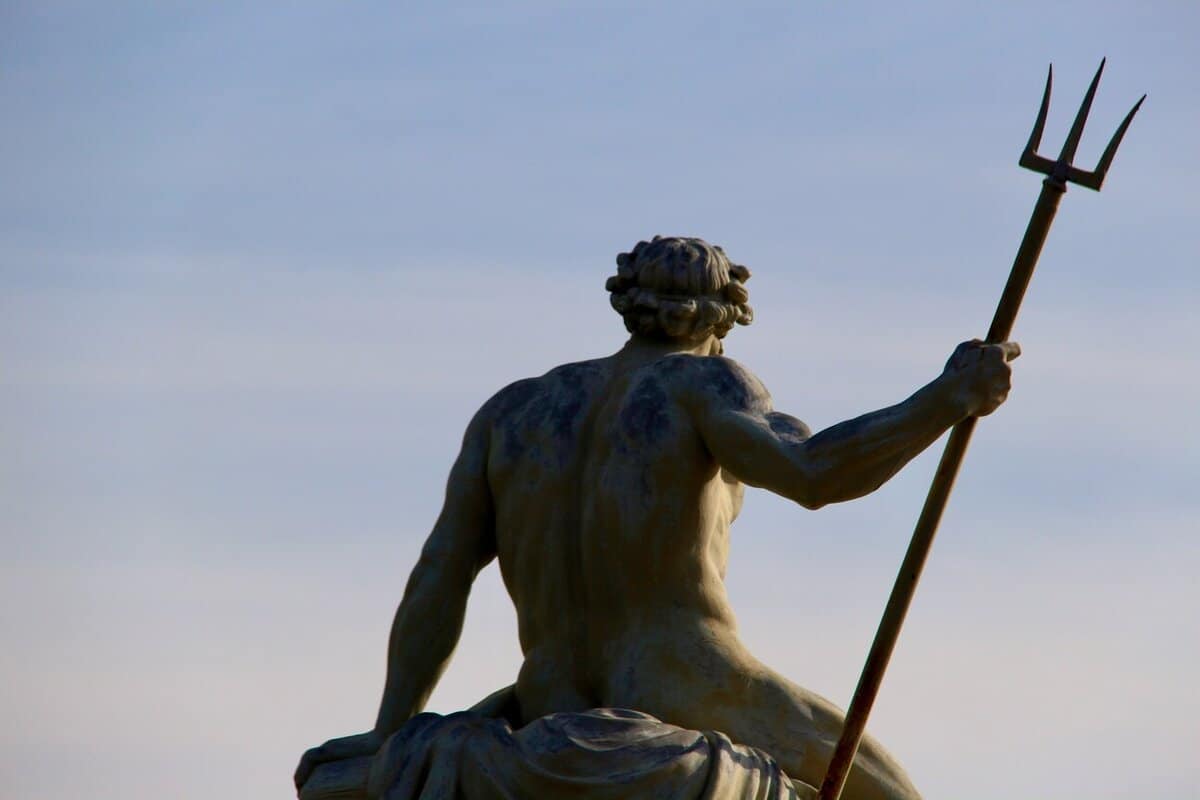Medieval weapons are loaded with meaning that goes way beyond their practical use.
Each distinct weapon tells a story, often connected to gods, myths, そして folklore. They embody ideals like power, faith, purity, chaos, and divine authority.
Let’s explore some legendary weapons and see what they really stand for.
Sword: Power and Sacrifice
The sword is, without dispute, the most iconic medieval weapon. It’s linked to gods and kings, often representing authority and divine right.
It’s a symbol of numerous war gods, and due to its cross-like shape, it’s also a symbol of faith and sacrifice within Christianity.
This sort of symbolism also makes me think back to the sword of St. Michael.
In Norse mythology, the epic hero Sigurd used a sword named Gram to slay a dragon.
The sword also symbolizes the warrior’s virtue; in epic songs and tales, a weak man never wields a powerful weapon.
A medieval sword is a tool of both war and righteousness.
Mace: Divine Justice
The mace is a symbol of divine justice and raw, unyielding power.
In folklore, it’s often associated with gods of war and destruction. Notably, both in Norse and Slavic mythology, the thunder gods use a mace or a hammer.
The spiked ball signifies chaos that’s been tamed. It’s a weapon that crushes evil without mercy.
Medieval depictions sometimes show bishops and saints wielding maces as a symbol of spiritual authority and justice.
The simplicity and brutality of mace make it a symbol of divine wrath.
It’s the weapon of the righteous, meant to restore cosmic balance.
Warhammer: The Tool of Transformation
The warhammer is a symbol of transformation and divine intervention.
In mythology, hammers are associated with the gods of thunder and creation.
Medieval warhammers often symbolize divine power that can break through evil’s defences, much like their practical use – smashing armor.
In folklore, this weapon is often tied to the idea of rebirth: destroying the old to make way for the new.
Its shape signifies the union of heaven and earth, combining raw strength with divine purpose. It’s a mythic tool of change and renewal.
Lance: Divine Intervention
The lance represents divine mission, faith, and heroism.
In Christian tradition, the Holy Lance (also known as the Spear of Longinus) is said to have pierced Christ’s side.
Because of its history, this lance was believed to grant military power and legitimacy to those who possessed it.
Several historical figures, like Charlemagne, Napoleon Bonaparte, and even Adolf Hitler, were reportedly in possession of the lance or were looking for it.
In medieval lore, lance is considered to be an instrument of destiny, used to pierce illusions and reveal the truth.
It embodies divine purpose and the power of faith.
Spear: The Mythical Weapon of Heroes and Gods
The spear’s long history makes it a universal symbol of heroism and divine power.
In Greek mythology, it was linked to Athena and Ares, symbolizing strategy, wisdom, aggression, and war.
The Gungnir, the legendary spear of オーディン, symbolizes invincibility; its unbreakable nature signifies eternal truth.
Not to mention, the spear is the weapon of St. George in medieval legends, and he used it to kill the dragon. This makes the spear a symbol of good overcoming evil.
Interestingly, the shape of the spear also had a fascinating meaning; its length represents the connection between the mortal and divine realms.
It’s a weapon of precision and intent, embodying the hero’s struggle to reach enlightenment.
Bow: The Tool of Fate
Bow symbolizes faith, precision, and divine choice.
In Greek mythology, Apollo and Artemis wield bows, which emphasize their control over destiny and nature.
The ability of this weapon to strike from afar was always linked to divine judgment; it’s unseen and has control over who lives and who dies.
It’s also linked to Cupid, representing the weapon’s ability to catch its target by surprise, much like love.
In folklore, the archer’s aim is often seen as a reflection of inner power and moral clarity.
In medieval times, the bow became strongly linked with Robin Hood, representing justice and a fight against tyranny.
Crossbow: Divine Retribution
The crossbow is a symbol of divine retribution and technological ingenuity.
In medieval folklore, it’s often linked to justice – an unstoppable force that can bring down even the strongest foes.
Its mechanical nature makes it a symbol of human mastery over chaos.
Crossbows are associated with knights and mercenaries, which also ties it to the power of law and order.
It’s a unique weapon that doesn’t rely on brute strength, but also on faith and skill.
Throwing Axes: Symbols of Chaos
Throwing axes are a symbol of chaos and agility in medieval folklore.
They represent the unpredictable nature of battle and the heroism of warriors who wield them with deadly precision.
The axe itself symbolizes strength and raw power, but throwing axes add a layer of control to it.
Norse mythology often portrays axes as sacred objects, tools of gods and warriors alike.
It’s a weapon that demands quick thinking, agility, and precision.
It has a dual meaning; it represents the chaos and unpredictability of war but also the hero’s mastery over that chaos.
Trident: The Mythical Weapon of Sea Gods
The trident is a divine symbol of the ocean’s power, wielded by Poseidon. It represents control of the water element and the depths of the 下意識.
Ocean, by being vastly unexplored and mysterious, also represents chaos. The trident is the tool to tame that chaos.
Medieval and older folklore link it to the power to shake the earth and command the seas.
It’s also linked to spiritual awakening and learning hidden truths.
Its three prongs represent the three aspects of life: birth, death, そして 再生, which also makes it a symbol of transformation.
Sling: The Underdog’s Weapon
The sling is the simplest of all weapons, but it’s rich with symbolism. It’s linked to trust, faith, and the power of the underdog.
The idea is that the arm guided by faith can and will defeat great evil using even the smallest tool.
It’s connected to mythic figures who used wit and agility to overcome stronger foes, such as Daving defeating Goliath.
The story behind this weapon puts faith and patience above brute strength.
Since ancient and medieval times, and to this day, this has been the one weapon that the common people resonated with the most.
A little Aquarius, devoted to writing and embroidery. Through my writing, I hope to empower readers to align with their true selves and navigate life’s mysteries with confidence.
